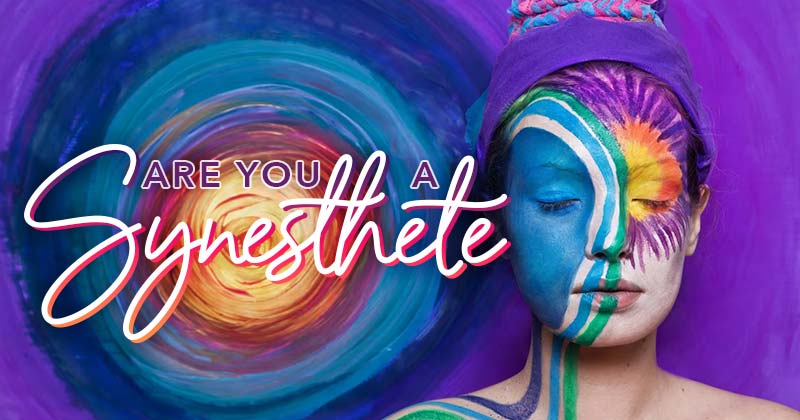You got: No!

Your sensory experiences appear to be more traditional and distinct. While you may not have synesthesia, your ability to perceive the world in a straightforward manner is a gift in itself. Embrace the clarity of your senses and enjoy the world in its true and unaltered form. Your grounded perspective brings a sense of stability and simplicity to your experiences.


I have a very weird type of synthesia, I associate days, weeks, months, years, and eras with different personalities.
Or, sometimes when I go into certain rooms, I taste food.